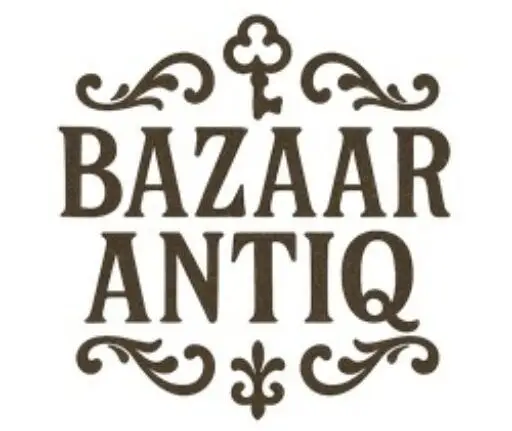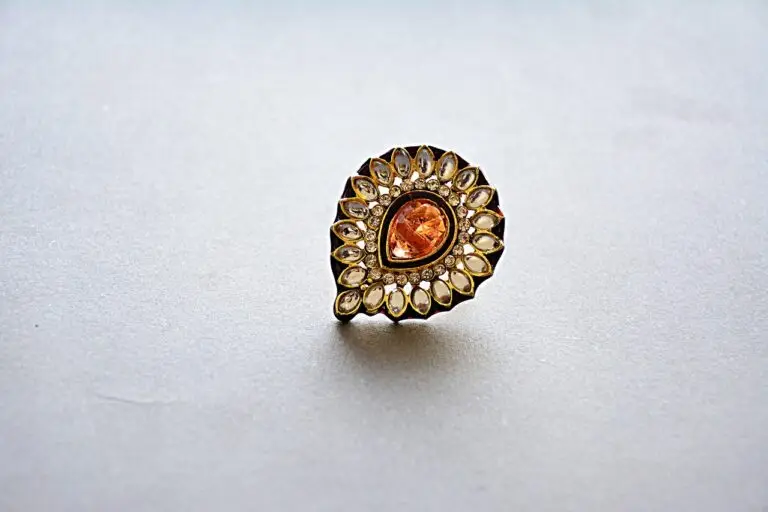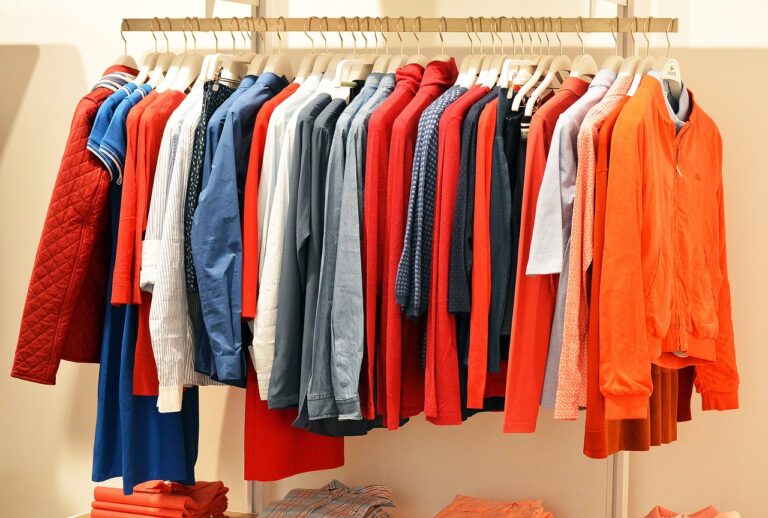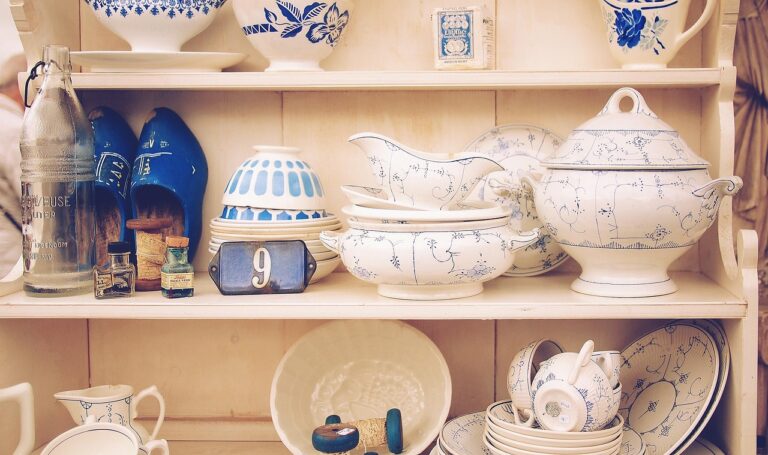Why Gen Z is Falling in Love with Antiques
Slow Style, Deep Meaning, and the Rebirth of the Old
Gen Z might be the first generation raised on iPhones, but they’re also the first to raid grandma’s attic with genuine enthusiasm. While previous generations leaned into minimalism and modernity, Gen Z is breaking ranks—choosing chipped ceramics over sterile Ikea, vintage velvet over polyester fast fashion, and 19th-century oil paintings over wall art from Amazon.
So what’s behind this antique obsession? It’s not just aesthetics. It’s about values. Here’s why Gen Z is rewiring what “cool” looks like in the age of climate anxiety, TikTok, and digital burnout.
1. Slow Consumption in a Fast World
Gen Z is tired of landfill fashion, plastic everything, and products that fall apart in a year. In fact, a 2023 Deloitte study found that over 64% of Gen Z consumers prefer to buy secondhand or sustainable goods. Antiques aren’t just cute—they’re a rebellion against mass production.
“When I buy something vintage, I know it lasted 50 years already. That means it’ll last 50 more,” says @rachelfinds, a 23-year-old thrift influencer with a following of over 300k.
Buying antiques is the ultimate slow-fashion, slow-design move. No carbon footprint. No supply chain drama. Just timeless objects that already exist.
2. Anti-Trend = Authenticity
In a world driven by micro-trends and 15-second videos, authenticity has become rare and craved. Gen Z is building spaces that mean something, not just follow trends.
“Everyone has the same couch, the same prints, the same LED lights,” says Malik J., 21. “I want my room to look like me, not a dorm catalogue.”
Antiques bring in unpredictability. They add age, texture, and history. A brass lamp from the 1950s. A carved table from a yard sale. These aren’t just objects—they’re conversation starters.
3. TikTok Nostalgia and Visual Storytelling
#ThriftTok and #VintageHome have exploded. On TikTok, the hashtag #vintage finds has over 1.4 billion views, and it’s not slowing down.
This generation grew up on stories, memes, and moodboards. Antiques are full of mystery, mood, and backstory. They’re Instagrammable and ideal for digital storytelling.
“My 1930s perfume bottle gets more likes than my sneakers ever did,” jokes Clara Wu, 22, who curates a “Haunted Glam” thrift-inspired aesthetic online.
4. Sustainability is Personal Now
Climate change isn’t theoretical for Gen Z. It’s real. And the idea of decorating your space with objects that already exist—rather than demand new resources—just makes sense.
“Antiques are eco-anxiety medicine,” says one Reddit user in r/ThriftStoreHauls. “Every time I bring home something old, I feel like I’m saving a piece of the planet.”
It’s not about perfection. It’s about progress. Antique shopping is one of the most accessible forms of eco-conscious consumption.
5. Romanticizing the Past, Rewriting the Future
Antiques let Gen Z tap into history, but with fresh eyes. They aren’t interested in preserving tradition for tradition’s sake—they’re remixing it.
A Victorian writing desk becomes a gaming station. A Rococo mirror reflects a Gen Z fashion fit. The past is being recontextualized, not idolized.
“It’s not about living in the past,” says designer and vintage shop owner Nia Jones. “It’s about pulling the best parts of it into our present.”
Final Word
Gen Z’s love for antiques is more than a trend—it’s a cultural shift. It reflects a desire for meaning, sustainability, and personal expression in an over-digitized world. The irony? In chasing what’s old, they’re building a future that feels more human.
And they’re doing it one brass candlestick at a time.







